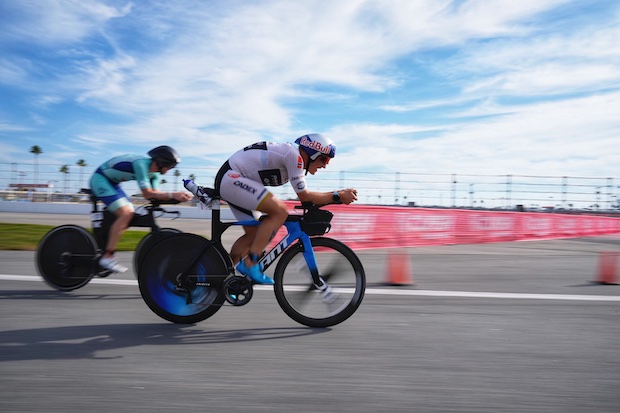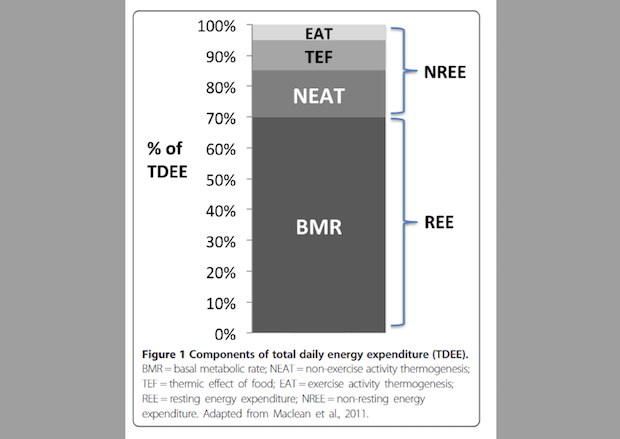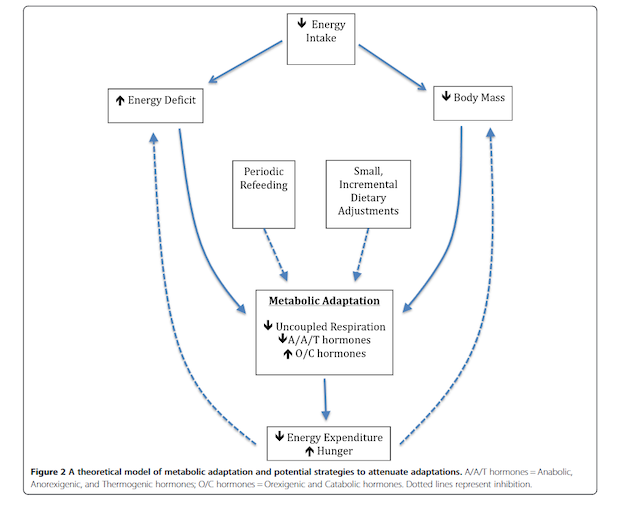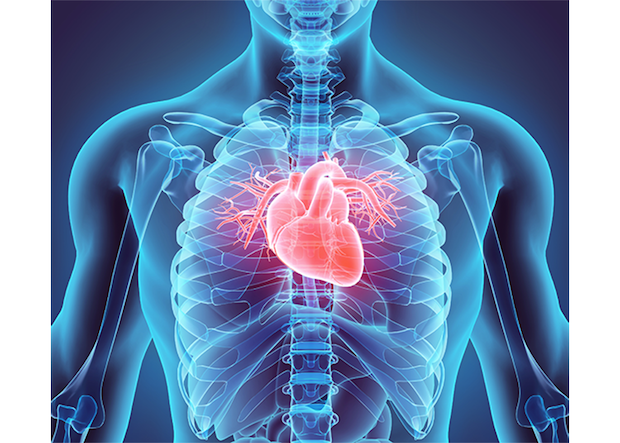Weight Management for Athletes: It’s Complicated

This past winter Kelly Burns Gallagher penned an article about triathletes who have larger bodies. Kristian Blummenfelt won gold at both the Olympics and the Ironman World Champion title and received comments about his body composition. In the sport of triathlon, there is still the stigma that you have to be small to be fast, successful and/or competitive. After reading the comments on Burns Gallagher’s article, as well as the comments made in regards to Blummenfelt, I believe it is important to address the science behind weight management. It is more complicated than once believed.
Why write this? the topic is near and dear to my heart. Not only do I have a masters and doctorate in exercise science, I have been a triathlete since 2009, a runner since high school, 1995 to be exact and a dancer since I was 6. My weight has fluctuated my whole life and the body type expectations of these sports have affected my own body image at times. I am passionate about motivating everyone to do what they love and to be physically active for the benefits outside of their body image, for physical and mental health, for fun. Below I present to you a small review of scientific peer reviewed articles that provide insight as to how changes/maintenance to body composition is more than a simple energy balance equation.
First, we need to stop thinking in terms of “weight”. Your weight (number on the scale) and body mass index (BMI) do not measure the ratio of fat-to-fat free mass. This ratio is called body composition and is a more appropriate measure and term to use. If we have two individuals who both weigh 150 lbs. at 6', one could be 10% body fat while the other could be 25% body fat. To manipulate body composition we either need to decrease fat mass, increase fat free mass or both. We can make the broad statement to do this we can change our calories in versus calories out, this will for some allow us to lose some fat mass. To increase fat free mass in the form of muscle you will need to exercise. However, as mentioned it is not that simple. Many factors come into play when trying to manipulate this ratio including hormones, resting energy expenditure, methods being used, and sex differences.
Hormones
Many hormones affect our body composition and I will review the most “talked about”. The first is Leptin, which adipose tissue releases to maintain a normal weight and tell our body we are full. Over the long term it plays a role in controlling our desire to eat and how our body expends energy. When body fat decreases so does Leptin, however this can result in our body thinking we are starving and we will then increase our food intake. Leptin resistance is likely one cause of obesity. Since the body no longer responds to the signal leptin sends for satiety this leads to an increase in food intake.
The same part of the hypothalamus (in the brain) that controls leptin also controls insulin. When glucose has been ingested insulin stimulates leptin. Leptin provides a signal to decrease insulin secretion, increases sensitivity to uptake glucose to be used as energy or stored. Insulin can inhibit lipid metabolism (the break down and use of fat). A few other important hormones to mention here are cortisol and the catecholamines. Cortisol, released during times of stress, has also been connected to an increase in fat mass due to an increase in food intake. If insulin and cortisol levels are high there tends to be an accumulation of fat. The catecholamines (norepinephrine & epinephrine) released during exercise usually stimulate lipid metabolism.1,2
Growth hormone (GH) can also cause changes in body composition. GH deficiency leads to an increase in abdominal and subcutaneous fat. GH decreases as we age leading to an increase in fat mass. GH promotes protein synthesis leading to an increase in the size and strength of muscle. Important to note, GH supplements for those without a diagnosed deficiency by a medical professional are controversial as well as unsafe.1
The role of testosterone for developing muscle tissue is well known. Therefore, with a decrease in testosterone visceral adipose tissues increases, usually in males. In females, this can also be the case however, estrogen levels play a role as well. The response of increased testosterone levels in females increases visceral fat. Estrogen acts like testosterone when an individual is on hormone replacement therapy. With aging testosterone levels decrease and those who are treated for low levels have been found to have a 7-15% increase in fat free mass.1,3
The thyroid and thyroid hormones also regulate energy expenditure. Dysfunction within the thyroid may affect metabolic rate. Some studies have found that with an increase in thyroid hormones individuals were able maintain weight loss over the long term as opposed to those who had lower levels. However, many factors are at play and the thyroid is usually not the sole influencer in weight management. Many times weight gain from thyroid dysfunction shows in the form of water retention due to accumulation of salt and water.4
Resting Metabolic Race
Resting metabolic rate (RMR) changes throughout the life span for a variety of reasons. First, we usually see a decrease in RMR due to aging. As we age there is increase in fat mass and a decrease in fat free mass. With again there usually is a change in the functioning of internal organs and their energy expenditure, which would also affect RMR.5
Restrictive diets can be detrimental to RMR. It can slow RMR down (discussed later), and you can create an environment where instead of building muscle to get stronger, faster, you are breaking it down for energy. If muscle mass is increased you will increase RMR, and burn fat as a fuel source at rest. Restrictive diets to create a negative energy balance does not address where the calories are coming from. What if I ate all of kcals from fat or protein, what if I only ate cake? Macronutrients and types of food eaten all play their role in metabolism. Dehydration and alcohol ingestion all play a role in metabolism as well. Restrictive diets in athletes of all levels results in decreased carbohydrate availability leading to decreased exercise performance.6 Decreased exercise performance leads to decreased adaptations for improvements in overall performance, and increasing muscle mass.
At the American College of Sports Medicine Annual Meeting, Dr. Kevin Hall presented on determinants of energy balance in humans. He summarized some great points about where this topic of research has been and where it’s going. The first point he brought to our attention was the idea of calorie counting and that 3500 kcals = 1 lb, and if we cut that out per week, we will lose 1 lb per week. He pointed out that if you had 100 kg individual who did this they would disappear in 4 years. As mentioned before, weight management, fat loss and muscle gain is a much more complicated process than we once believed. In studies where calories are extremely restricted there are changes occurring within the body that may not be beneficial to long-term weight loss. With restrictions and high amounts of weight loss, fat breakdown is slower and there is a slowing of the use of protein. When we change our RMR through restrictive diets, our bodies metabolically adapt to the new normal we have created. Even for those who regain the weight their RMR is still low. The more weight we lose the more metabolic adaptations occurs.7,8

Image Source: Trexler, E, Smith-Ryan, A., & Norton L. (2014). Metabolic adaptation to weigh loss: implication for the athlete. Journal of the International Society of Sport Nutrition, 11(7), 1-7.
Metabolic Adaptations to weight loss & Chronic Physical Activity
In additive energy expenditure models total energy expenditure (TEE) is a simple linear function to physical activity, variation in PA will alter the TEE. In the constrained TEE model, the body adapts to increases in PA by reducing energy spent on other physiological activities, maintaining TEE within a narrow range. New research in this area is examining the phenomenon of our bodies not responding as one would expect to chronic physical activity. An adaptation occurs metabolically, which decreases an expected increase in daily energy expenditure. With increased exercise, we may sit instead of stand, fidget less and reduce other non-muscular activity. This is our body’s way of conserving energy and staying around a set point. In other words, your body will do everything it can to conserve energy to maintain vital physiological functions. Our bodies do not know if decreased energy levels are due to exercise or if there is a food shortage and we must conserve what we already have. Previous research found a reduced metabolic rate, suppressed ovarian activity and lower estrogen production in response to moderate exercise in females. Humans as well as other species have shown to keep energy expenditure constant in response to increased physical activity.6,8
The constrained model seems to explain similar energy expenditures over a broad range of lifestyles. Manipulations to our energy expenditure are likely beyond our control, and seem to be specific to our species. We want to stay in homeostasis as we change our physical activity levels. Non-muscular activity contributes significantly to our energy expenditure and adaptations to exercise. Although this may seem detrimental, this is one health benefit of exercise – there is a reduction in the energy expended on inflammation and negative immune system activity. The energy balance models equations have flaws, the current model overestimates the energy expended on exercise especially in those at a low level of activity. There is still concern with these models for athletes who have higher levels of activity, especially if that athlete is expected to “lose weight” for performance. As we decrease energy intake and decrease body fat percent, our endocrine systems response is to conserve energy and promote intake. This is one reason it is very common for individuals to regain weight after reintroducing more calories after an energy restrictive diet. Lean body mass is lost that was acquired through an exercise plus diet program. Our total daily energy expenditure decreases with weight loss. Partly due to there being a decrease in metabolically active tissues. Adaptive thermogenesis means we have a baseline weight our bodies feel comfortable at. As mentioned, we want to stay around this set point. This explains those who see plateaus in their weight loss journeys as well as the regain. Recommendations for athletes who may want to “lose weight” is to create the smallest deficit possible to see weight loss. Large deficits compromise performance and recovery. Resistance training and increasing protein in the diet will maintain lean muscle mass. The protein in the diet will increase satiety and thermogenesis of the food digested. Repeated losses and gains usually lead to long-term weight gain due to fat cell hyperplasia (creation of new cells).6,8

Image Source: Trexler, E, Smith-Ryan, A., & Norton L. (2014). Metabolic adaptation to weigh loss: implication for the athlete. Journal of the International Society of Sport Nutrition, 11(7), 1-7.
Female Specific Issues
Did you know most of the research conducted on RDAs for sport nutrition have mainly used male subjects? The use of male subjects ignores specific issues related to the female menstrual cycle and the hormones associated with it. Prior to puberty, no sex differences are observed in children. However, after puberty sex hormones affect substrate mobilization, transport and use. There is also a hormonal response to exercise after puberty, with changes in estrogen, progesterone and testosterone concentrations. When estrogen is present fat oxidation during exercise is favored. Estrogen is also responsible for increased adipose tissue at the onset of puberty in females and the increase in muscle mass in males due to testosterone. When estrogen increases, muscle and glycogen are spared and fat oxidation increases. During the luteal phase of the menstrual cycle, carbohydrates are used less when compared to the follicular phase, fat and protein oxidation increases. There is an increase in calories expended, and appetite increases. To facilitate greater lipid oxidation in this phase cortisol, GH and sympathetic nervous system activity all increase. In the follicular phase, with lower estrogen levels there is a decreased reliance on fat as energy substrate. Future recommendations for sport nutrition should focus on adapting macronutrients to match the phase of the menstrual cycle.9,10
This is only a small snippet of the research out there regarding weight management and energy balance. What is important is there is research out there, and there will continue to be so that we continue to understand and make headway on the obesity epidemic as well as to ensure athletes are properly fueling for performance.
Dr. Debra Stroiney is an Associate Professor of Kinesiology at George Mason University and a USA Triathlon certified coach. Dr. Stroiney holds a doctorate in exercise physiology, a master’s degree in sport & exercise psychology, and a bachelors in psychology. She also has held or current holds certifications in sport psychology, fitness instruction and personal training.
Footnotes
1. Armellini, F., Zamboin, M., Bosello, O. (2000). Hormones and body composition in humans: clinical studies. International Journal of Obesity, 24(2), 18-21
2. Bjorntorp, P. (1997) Hormonal control of regional fat distribution. Human Reproduction, 12(1), 21-25.
3. Vermeulen, A., Goemaere, S., & Kaufman, J. (1999) Sex hormones, body composition and aging. The Aging Male, 2 (1), 8-15. Doi: 10.3109/13685539909003178
4. Liu et al. (2017) Thyroid hormones and changes to body weight and metabolic parameters in response to weigh-loss diets: The PUNDS LOST trial. International Journal of Obesity, 41(6), 878-886. Doi: 10.1038/ijo.2017.28
5. St. Onge, M., & Gallagher, D. (2010). Body composition changes with aging: The cause or the result of alteration in metabolic rate and macronutrient oxidation? Nutrition, 26(2): 152-155. Doi: 10.1016/j.nut.2009.07.004
6. Trexler, E, Smith-Ryan, A., & Norton L. (2014). Metabolic adaptation to weigh loss: implication for the athlete. Journal of the International Society of Sport Nutrition, 11(7), 1-7.
7. Hall, K. (2022). Determinants of energy balance in humans (Conference presentation). American College of Sports Medicine Annual Meeting, San Diego, CA.
8. Pontzer, H et al. (2016) Constrained total energy expenditure and metabolic adaption to physical activity in adult humans. Current Biology, 26(3), 1-18. Doi: 10.1016/j.cub.2015.12.046
9. Isacco, L., Duche, P., & Boisseau, N. (2012). Influence of hormonal status on substrate utilization at rest and during exercise in the female population. Sports Medicine, 42(4), 327-342.
10. Wohlgemuth, K. et al. (2021) Sex differences and consideration for female specific nutritional strategies: a narrative review. Journal of the International Society of Sports Nutrition, 18(27), 1-20. Doi:.org/10.1186/s12970-021-00422-8





Start the discussion at slowtwitch.northend.network